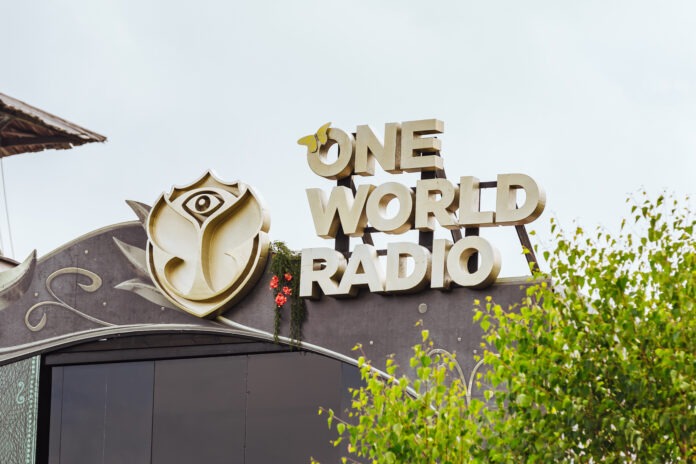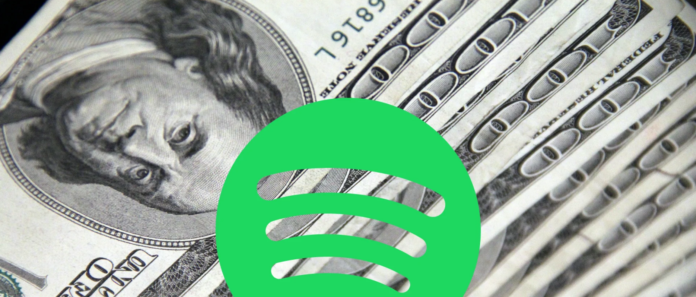The late 2010s are home to some of the biggest, widest-reaching names in anime. International hits like Demon Slayer and Food Wars!, as well as sleeper hits like Mob Psycho 100 and Aggretsuko are all products of the previous decade's latter half. However, not every series of the time was fortunate enough to ascend to mainstream popularity, let alone global fame.
One such title was 2016's Twin Star Exorcists. A shonen anime adaptation of a manga by the same name, Twin Star Exorcists was very much in the public eye at the time of its announcement. The series was hotly anticipated by fans of the manga as well as general anime viewers, expected to be a refreshing fantasy adventure in a market awash with isekai titles. Yet almost immediately after Twin Star Exorcists' debut, the series disappeared from the public eye. How did a title so primed for success -- one that maintains respectable popularity ratings to this day -- end up as a flop?
Twin Star Exorcists follows protagonists Adashino Benio and Enmado Rokuro, two exorcists who -- along with a charming, varied cast of colleagues -- are charged with exorcising corrupt spirits called Kegare from the parallel dimension known as Magano. Rokuro, though immensely powerful, has no interest in pursuing a career as an exorcist while Benio, who is equally powerful, has solemnly dedicated herself to exorcising all Kegare from existence.
Initially -- and true to anime romance form -- the two don't get along. But, when Tsuchimikado Arima, the Head of the Exorcists Group, bestows upon them the shared title "Twin Star Exorcists," the two are fated to marry and give birth to the exorcist who will cleanse the world of the Kegare once and for all.
Twin Star Exorcists had something to appeal to any anime viewer: brilliant animation, terrifying monsters, crafted characters, and a fantasy-driven, romantic narrative are all present. The series was adapted by the lauded Studio Pierrot, the studio behind Naruto, Bleach, and The Legend of Korra. Yet even considering the title's pedigree and rich content, Twin Star Exorcists still couldn't find its way into the upper echelon of popularity.
One echoing complaint against Twin Star Exorcists concerns the vast difference between the series and the much-loved source material. While the central romantic conceit between the principal leads remains in tact, the anime adopts little else from the manga. After Episode 20, the anime devolves into tell a hyper-shonen-ized version of the original story, rife with divergent filler rather than faithful adaptations of key events from the manga. Few sins are more likely to disappoint hardcore fans than unfaithful adaptations, and (unfortunately) Twin Star Exorcists was guilty of just that.
Additionally, another, far more surreptitious power may be to blame for Twin Star's poor reception: network planning. The first episode of Twin Star Exorcists aired on April 6th, 2016. A mere 72 hours before that date, My Hero Academia premiered. The latter has since become a global phenomenon, firmly cementing itself as a member of anime's "New Big Three," while Twin Star Exorcists has been relegated to relative -- albeit benign -- obscurity.
It seems hardly a coincidence that two anxiously awaited series -- which practically shared a debut date -- should have experienced two grievously different fates. However, it's equally unreasonable to place too much blame on My Hero Academia's close premiere proximity. It's true that audiences were likely drawn away from Twin Star Exorcists and toward My Hero Academia, but premiere dates aren't necessarily the driving factor behind the success or failure of a series.
A successful anime is determined by creative decisions on the part of the production team, the strength of the narrative, and the characters who inhabit that narrative. As such, and although it had more than a fair share to offer audiences, Twin Star Exorcists proved largely unsuccessful, while other titles, regardless of their premiere date, rose to the forefront of the anime world.
About The Author

